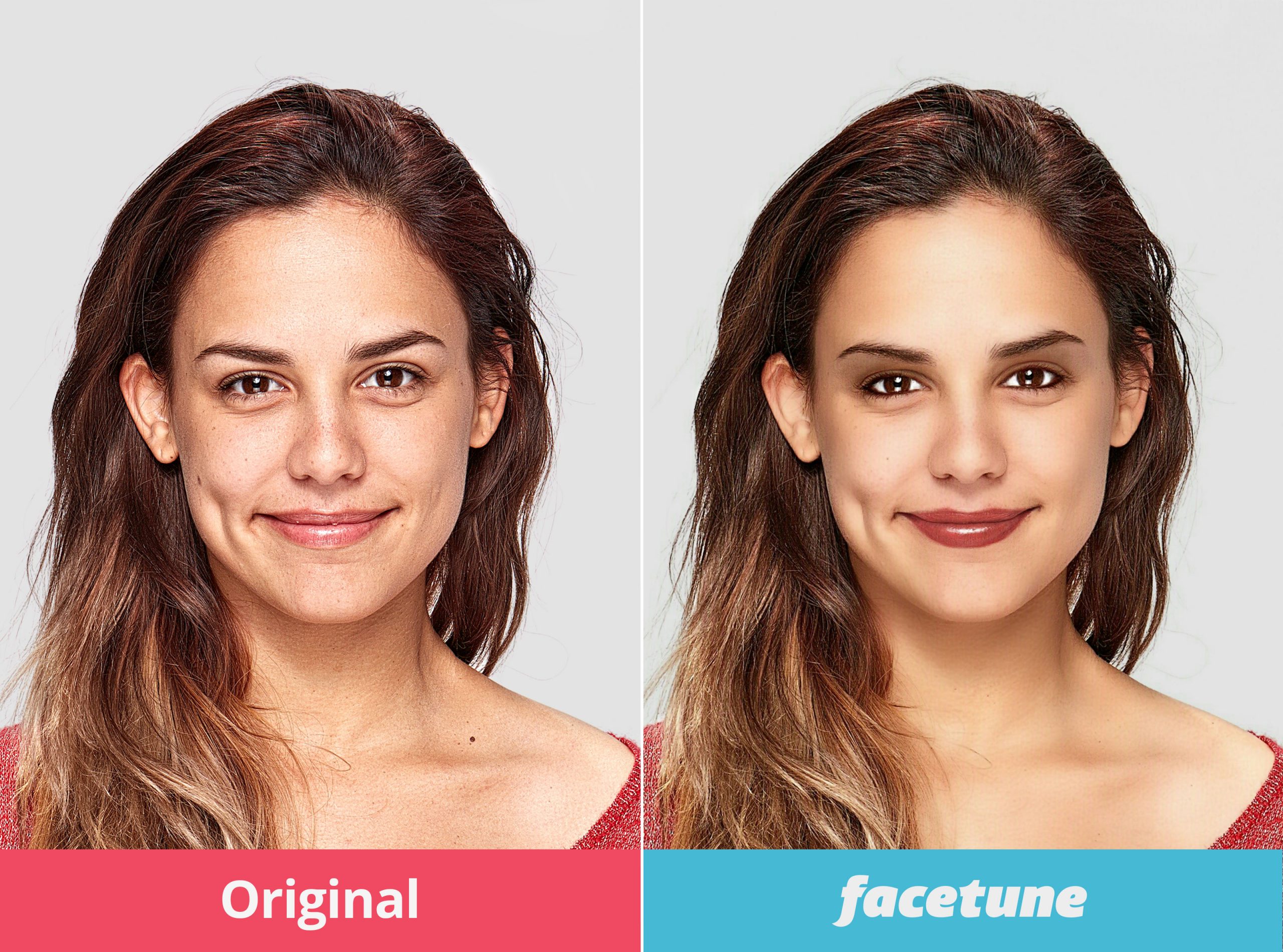The maker of Facetune, the hugely successful selfie app, is launching a new photo filter app called Quickart today that will be available to download for free on iOS. Quickart’s filters go far beyond Instagram’s photo filters, letting you do things like change a skyline, disperse your face into particles, or surround yourself with a kaleidoscope-like effect.
When you open Quickart, you’ll be presented with a number of filters. Just select the filter of your choice, pick a photo from your photo library, and the app will apply the filter to the photo within a few seconds. From there, depending on which filter you pick, you can do things like adjust the intensity of the filter or the angles of a certain effect and then save your photo or post it to Facebook or Instagram.
Here’s a gallery of photos from me using a bunch of the different filters in the app:
Lightricks, which makes Quickart, already has a “photo art” app that’s quite similar, called Photofox. In fact, much of Quickart’s functionality is pulled right from Photofox. If you open up Photofox right now, it will suggest Quickart filters for you. But Quickart is designed to make it easy for you to jump in and play around without needing to know how to use the more advanced photo-editing tools, like layers or mask tools, that are built into Photofox.
With Quickart, Lightricks has to contend with offering yet another photo filter app in an already crowded and challenging market. Lightricks already offers a number of photo apps in addition to Photofox and FaceTune (which is still one of the top-selling paid apps on the App Store, despite being released all the way back in 2013), including Quickshot (another photo editing app) and Pixaloop (which lets you add motion to photos).
Lightricks hopes that by making an ecosystem of apps that address a wide variety of needs, it can offer different creative tools for different use cases. “We really try to think not about the specific app, but more about what are all the reasonable creative needs that exist on mobile at the moment,” Lightricks co-founder and CEO Zeev Farbman said in an interview with The Verge.

Though Quickart is free, some of the app’s filters are locked behind a “Quickart Pro” subscription. It costs $5.99 per month or $19.99 for 12 months, and if you want a lifetime subscription, you can pay $59.99. But if you don’t want to pay, there are plenty of free filters to play around with. Lightricks plans to add new filters “constantly,” Farbman said.
One limitation with Quickart is that you can’t take photos with the filters on like you can with an app like Snapchat. While that might be disappointing, Farbman said that’s because it’s challenging to do all of the real-time processing that would be needed to show the filters while you’re taking the photo. I found that applying a filter in Quickart was pretty speedy. Although it takes a few extra steps, the app makes adding a filter pretty painless.
Since the COVID-19 pandemic hit, Lightricks has seen increased usage across its apps. According to the results of a Lightricks survey, usage of the company’s photo apps was up 90 percent in the US between March and April, and usage in that same time period was even higher in the UK, France, Italy, and Spain. “On one side, you could claim that people just have more screen time,” Farbman said. But he also feels that the increased usage might be because many people may now have time to explore creative activities.
Farbman hopes Quickart will be the first step to help more people be creative. “We want our users to start their journey into [the] creative ecosystem from Quickart,” Farbman said, “then just become excited that they can pretty easily create really cool stuff.”
